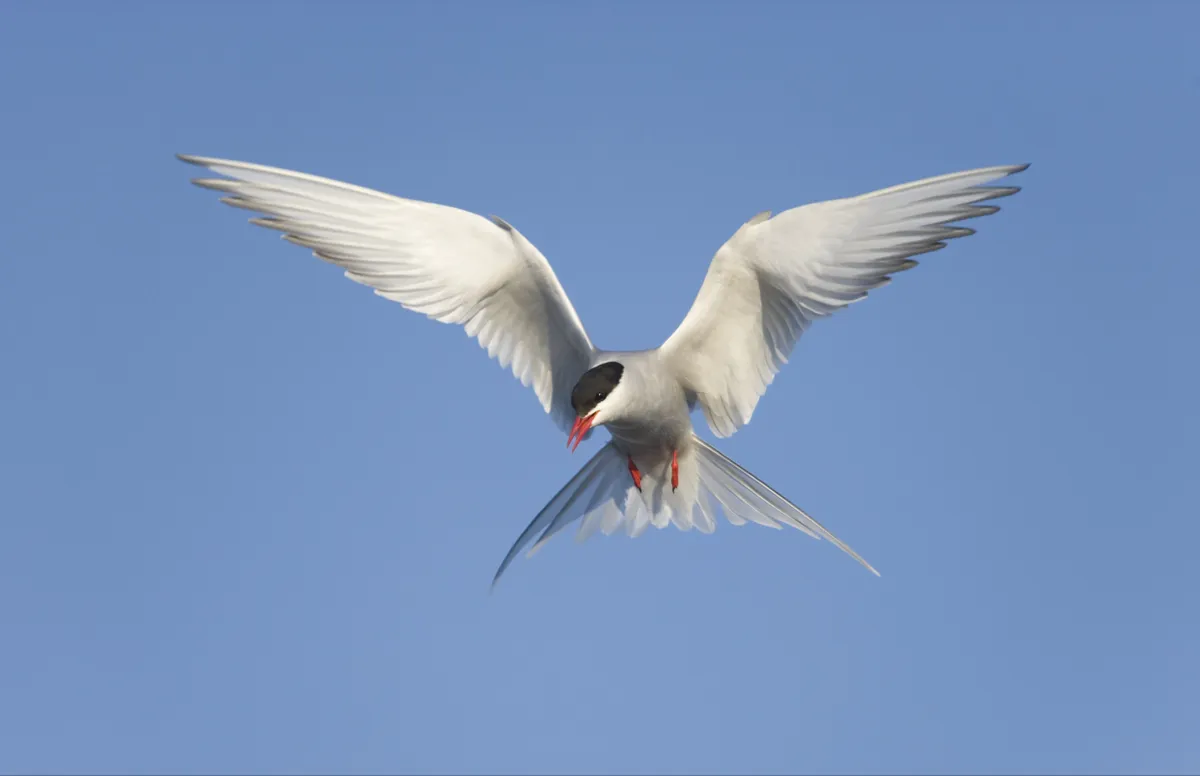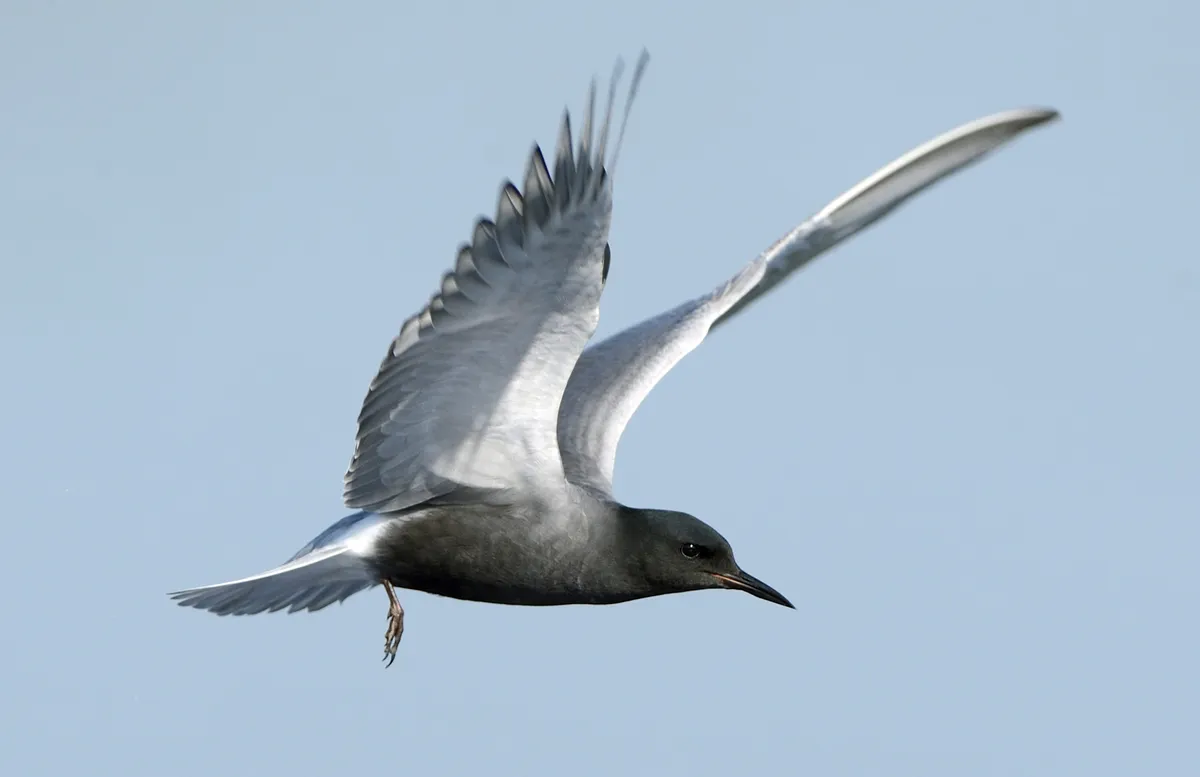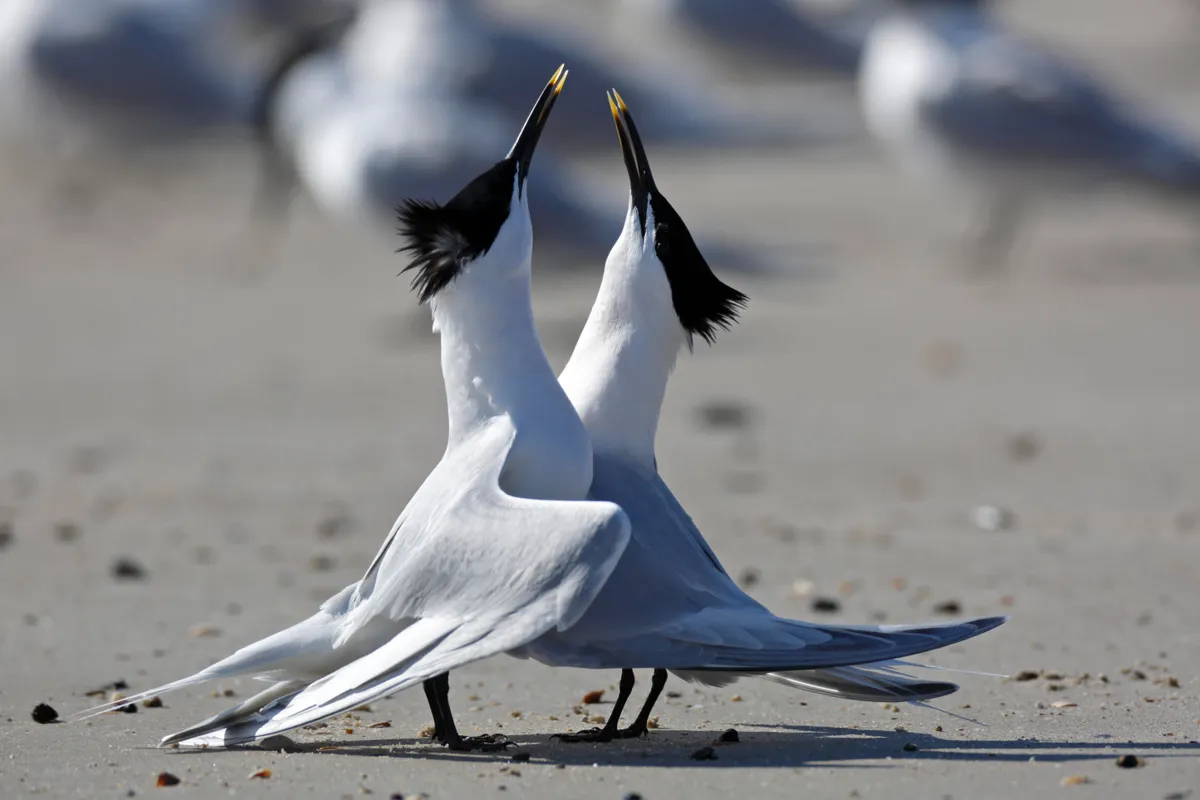When gulls make New Year resolutions, they want to become terns – slimmer, prettier, more popular. Terns are like gulls but with sharp bits: sharp, slender bills; sharp wingtips; and sharp tails with swallow-like forks; most also have sharply defined black caps.
They are lighter on the wing and altogether less bulky, but they are every bit as noisy as gulls, especially at their colonies. One of the intriguing things about terns is that they essentially just fly and stand; they hardly ever walk far, or run, and you just never ever see them swimming (although they can).
Another of their quirks is that they are summer birds and, apart from a few sandwich terns, all depart for West African coastal waters in the autumn.
In this guide, we take a closer look at six terns that can be spotted along British shores:
Looking for more information about Britain's birds? Check out our guides to puffins, gannets and auks.
Quick look at Britain's terns
Tern guide: UK species and how to identify them
Arctic tern (Sterna paradisaea)
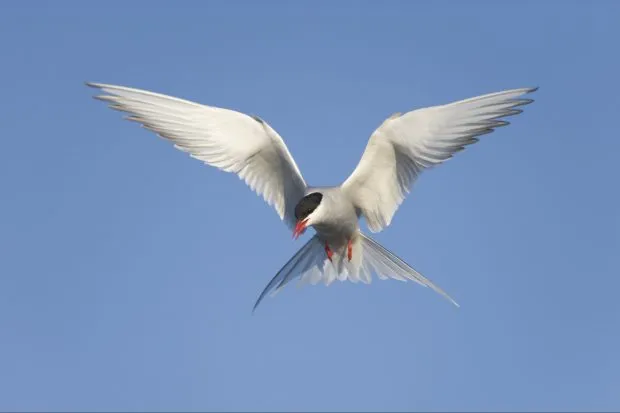
Meet the bird with the longest regular migration in the world. The Arctic tern breeds in the northern hemisphere then flies all the way to Antarctica, where it spends our winter, covering as much as 90,000km in a year. It is similar in appearance to a common tern but its wings look whiter and it has a longer tail. Common from April-October, mostly in northern Britain, with 52,500 breeding pairs.
Common tern (Sterna hirundo)
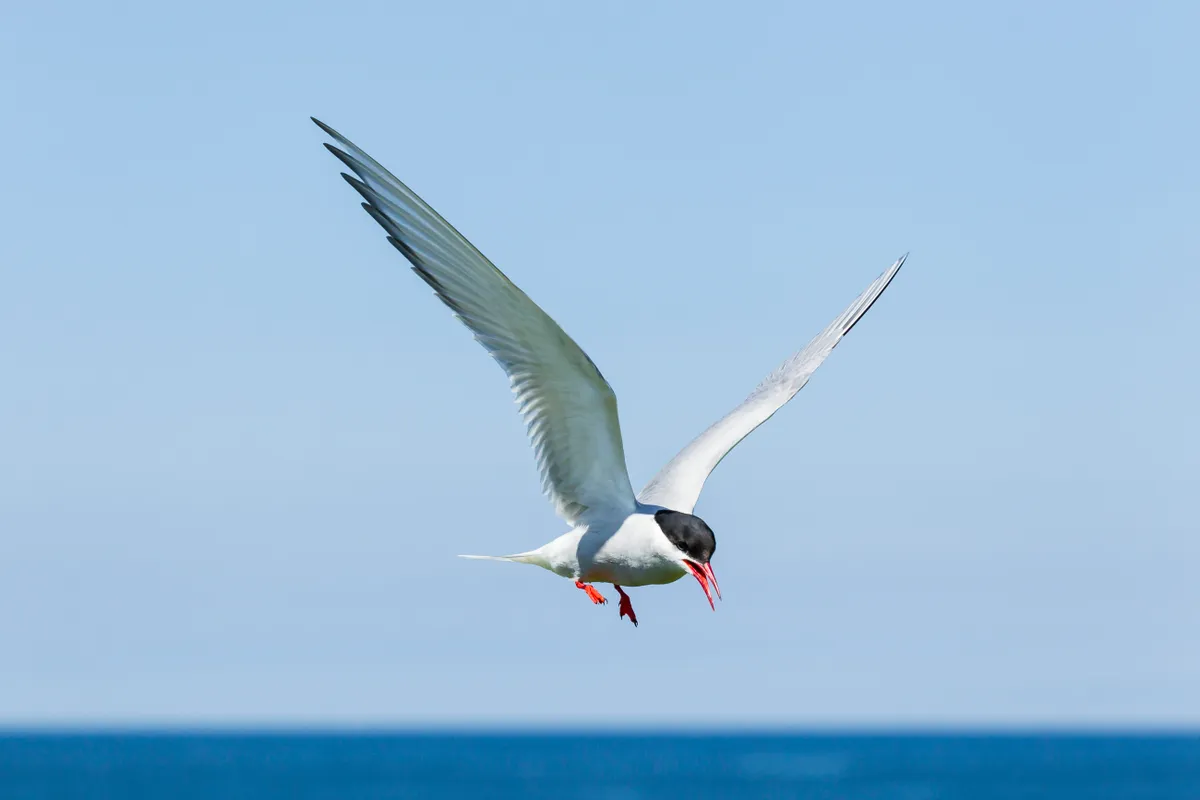
The common tern is perhaps the most adaptable of the tern species. You are as likely to see it on a lake far inland as you are on the coast – it also has a broad diet that can include insects as well as fish. The common tern has a long red bill with a black tip, and rather a flat crown. It is common from April-October, with 11,000 breeding pairs, and is on the Amber List of Conservation Concern.
Seabirds of Britain
Discover some of the UK's most common types of seabird, where they live and the best places to see them with BBC Countryfile Magazine's guide to seabirds.

Sandwich tern (Thalasseus sandvicensis)
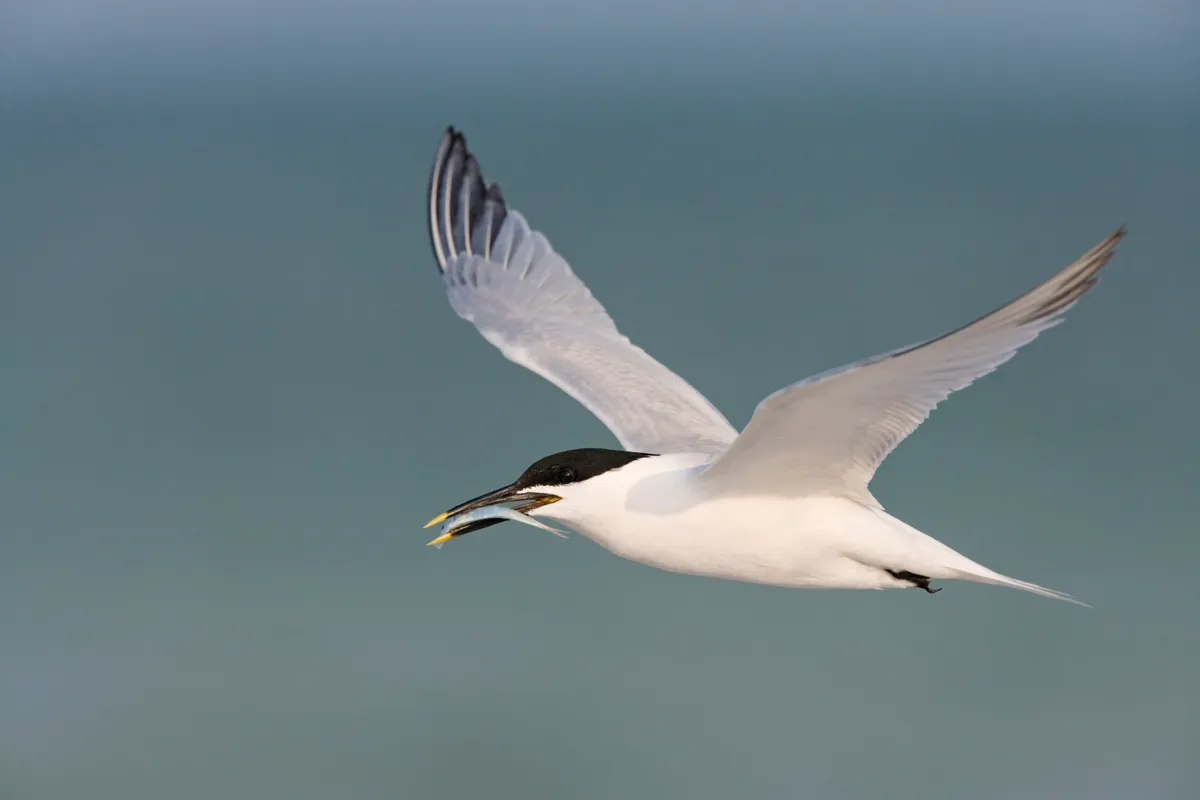
Our largest tern, the sandwich tern is the same size as a black-headed gull. It is a coastal bird, both common and widespread. The black cap has an obvious crest, visible in spring and early summer, while the bill is long and black with a yellow tip. Listen out for its kree-ick call. There are 14,000 breeding pairs in the UK, March-October, with a few overwintering.
Little tern (Sternula albifrons)
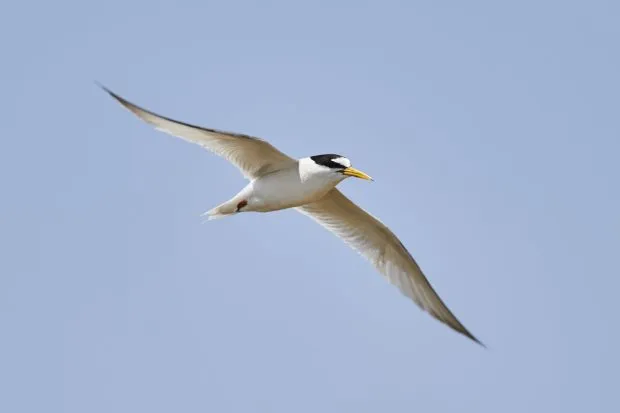
This delicate bird certainly lives up to its name as the smallest of our terns. It has a brilliant white patch on the forehead and, if you get close enough, you will see that it has a yellow bill with a narrow black tip. Another identifying feature is its very odd call, perhaps like a sandwich tern calling while holding its nose. This is a rare bird in the UK, with 1,500 breeding pairs, seen from April-August.
Roseate tern (Sterna dougallii)
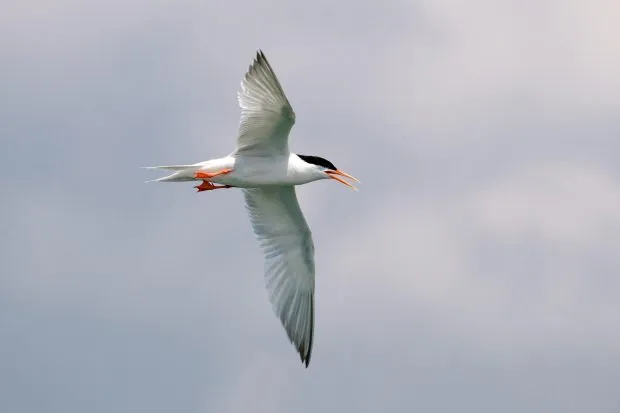
The roseate tern has a pink breast and belly, but it’s subtle pink at best, and you are often hard-pressed to detect the tint at all. A good way to identify this bird is by the very distinctive call, a disyllabic chewit, like a short and gentle blow of a referee’s whistle. These birds are truly rare in Britain, with 94 breeding pairs. They are mainly found on a few marine islands from May-September.
Black tern (Chlidonias niger)
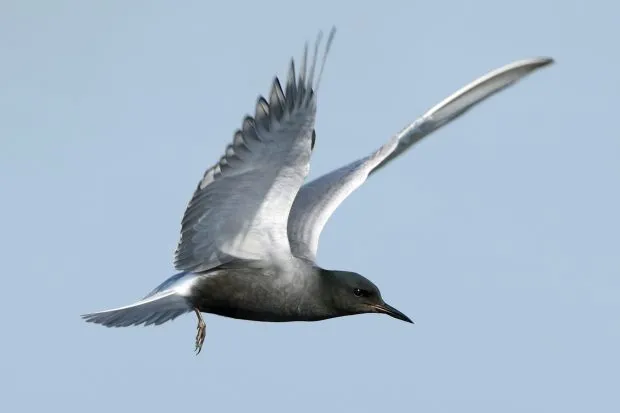
This is very much the “other” tern of this list, an uncommon passage migrant that doesn’t normally breed in Britain, seen from May to September. It has long wings but a very short tail in comparison to other terns. In summer it has a beautiful inky-black body plumage and paler grey wings – as well as red legs. In autumn and winter, it is distinctively blackish, with a black cap and hood behind the eye. Uncommon, May-September.
